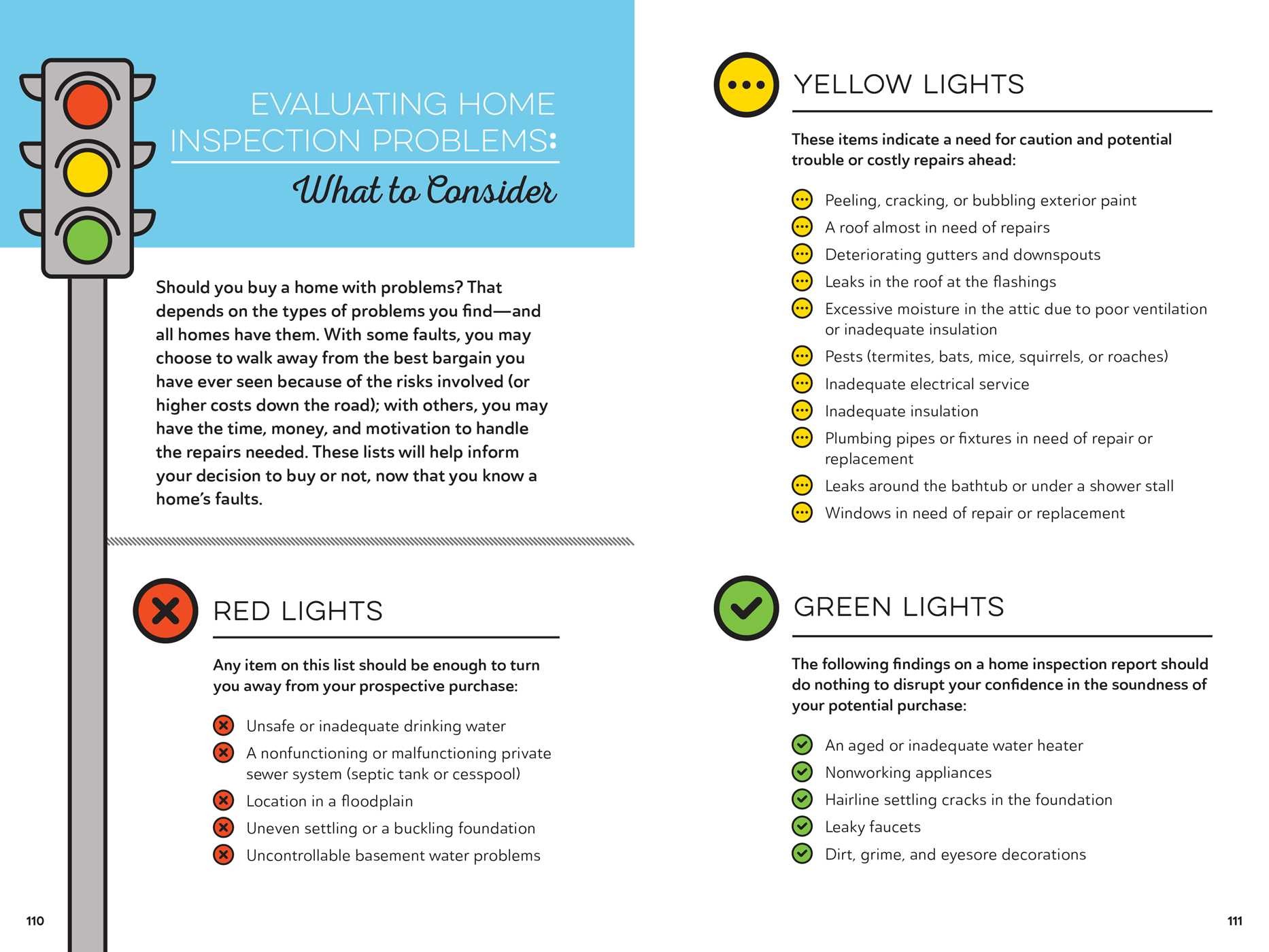Ignoring Roofing System Ventilation Can Lead To Expensive Damages; Discover Essential Factors That Ensure An Effective Setup And Safeguard Your Financial Investment
Ignoring Roofing System Ventilation Can Lead To Expensive Damages; Discover Essential Factors That Ensure An Effective Setup And Safeguard Your Financial Investment
Blog Article
Short Article Composed By-Gundersen Manning
When you're taking on a roof covering job, you could not assume much concerning roofing system ventilation, however it's more important than you understand. Effective air flow aids manage temperature level and moisture in your attic room, preventing troubles like mold and mildew and structural damages. By recognizing how to design and set up a balanced ventilation system, you can enhance energy efficiency and prolong the life-span of your roof products. So, what are the crucial factors to think about during installment that can make all the difference?
Importance of Roofing Air Flow
Roofing air flow plays a critical role in maintaining the overall wellness of your home. By enabling fresh air to distribute through your attic room, it helps regulate temperature and dampness degrees. This balance is important to protect against warmth build-up during warm months, which can result in raised power expenses as your a/c works overtime.
In addition, appropriate ventilation significantly minimizes the danger of moisture-related problems like mold and mildew and mold. If moisture degrees increase, your home's architectural honesty can be endangered, causing costly repair work. You wouldn't intend to handle deteriorating timber or deformed roof covering products, right?
In addition, adequate air flow expands the lifespan of your roof. When heat and moisture are kept in check, your roofing can execute efficiently, stopping premature damage. This suggests fewer migraines and costs down the line.
How Roofing System Ventilation Works
Efficient roofing system air flow depends on the all-natural motion of air to develop an equilibrium in between consumption and exhaust. When you install vents, you're basically allowing fresh air to enter your attic room while allowing warm, stagnant air to get away. This process helps manage temperature and dampness levels, avoiding concerns like mold growth and roof damage.
Intake vents, typically discovered at the eaves, reel in awesome air from outside. Meanwhile, exhaust vents, located near the ridge of the roofing, allow hot air rise and leave. The distinction in temperature produces a natural airflow, known as the stack effect. As warm air surges, it produces a vacuum that pulls in cooler air from the lower vents.
To maximize this system, you need to make certain that the intake and exhaust vents are appropriately sized and placed. If the intake is restricted, you won't attain the wanted ventilation.
Also, not enough exhaust can catch warmth and moisture, bring about possible damages.
Key Setup Factors To Consider
When setting up roof air flow, a number of key considerations can make or break your system's efficiency. First, you require to assess your roof's design. The pitch, form, and materials all influence air movement and air flow option. See to it to pick vents that suit your roof covering type and regional climate problems.
Next, think about the positioning of your vents. Ideally, Click In this article 'll desire a well balanced system with intake and exhaust vents positioned for optimum air movement. Location consumption vents short on the roofing system and exhaust vents near the peak to motivate a natural flow of air. This setup assists prevent moisture build-up and promotes energy performance.
Don't forget insulation. Correct insulation in your attic avoids warmth from leaving and maintains your home comfortable. Make certain that insulation doesn't block your vents, as this can impede air flow.
Last but not least, consider upkeep. Choose ventilation systems that are very easy to accessibility for cleansing and inspection. Routine upkeep guarantees your system continues to work successfully with time.
Verdict
Finally, roof covering air flow is essential for a successful installation. By guaranteeing correct air movement, you can protect against heat build-up and dampness problems that lead to costly damages. When you tactically setting consumption and exhaust vents, you boost energy performance and lengthen the life-span of your roofing system. Bear in mind, a well-ventilated roof not just safeguards your investment but additionally boosts your interior air high quality. So, focus on air flow to guarantee a resilient and cost-efficient roofing system for your home.
